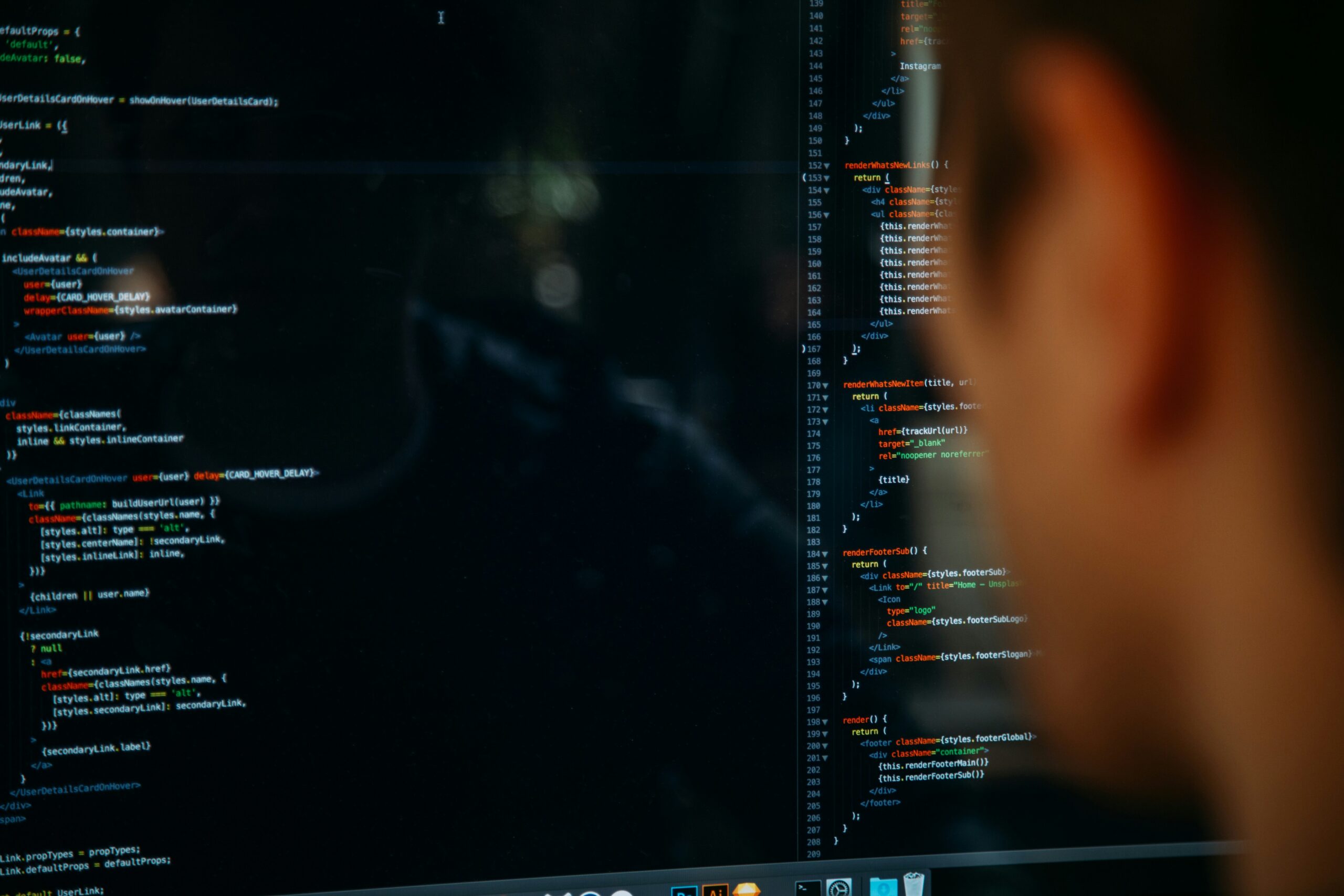Understanding the Difference Between Frontend and Backend Development
When it comes to web development, there are two primary areas of specialization: frontend development and backend development. While both roles are crucial for building a successful website or web application, they involve different skill sets and responsibilities. In this article, we will explore the key differences between frontend and backend development.
Frontend Development
Frontend development refers to the process of creating the user interface and user experience of a website or web application. It involves using HTML, CSS, and JavaScript to build the visual elements that users interact with. Frontend developers focus on designing and implementing the layout, typography, colors, and overall aesthetics of a website.
Frontend developers are responsible for ensuring that the website or web application is visually appealing, responsive, and user-friendly. They work closely with designers to translate mockups and wireframes into functional web pages. They also collaborate with backend developers to integrate the frontend with the backend systems, such as databases and APIs.
Key skills required for frontend development include:
- HTML: the markup language used to structure web content
- CSS: the styling language used to control the visual appearance of web pages
- JavaScript: the programming language used to add interactivity and dynamic functionality to web pages
- Responsive design: the ability to create websites that adapt to different screen sizes and devices
- Browser compatibility: the knowledge of ensuring a website works well across different web browsers
Backend Development
Backend development, on the other hand, focuses on the server-side of web development. It involves building and maintaining the infrastructure and logic that powers a website or web application. Backend developers are responsible for handling data storage, processing user inputs, and managing the server-side operations.
Backend development typically involves working with programming languages such as Python, Ruby, PHP, or Java, as well as frameworks like Node.js or Django. Backend developers also work with databases, such as MySQL or MongoDB, to store and retrieve data. They are responsible for implementing security measures, optimizing performance, and ensuring the scalability of the backend systems.
Key skills required for backend development include:
- Programming languages: proficiency in one or more backend programming languages
- Web frameworks: familiarity with popular backend frameworks for efficient development
- Database management: knowledge of working with databases and writing SQL queries
- API integration: the ability to integrate with external APIs for data exchange
- Server management: understanding of server configurations and deployment
The Collaboration Between Frontend and Backend Developers
While frontend and backend development are distinct areas of expertise, they often overlap and require collaboration. Frontend developers rely on backend APIs to fetch and manipulate data, while backend developers rely on frontend interfaces to present and collect data from users.
Effective communication and collaboration between frontend and backend developers are essential for building a seamless and functional website or web application. They need to understand each other’s requirements and constraints to ensure the smooth integration of the frontend and backend systems.
In conclusion, frontend development and backend development are two complementary disciplines that work together to create a successful web project. Frontend developers focus on the visual and interactive aspects of a website, while backend developers handle the server-side operations and data management. Both roles are crucial for delivering a high-quality user experience.
